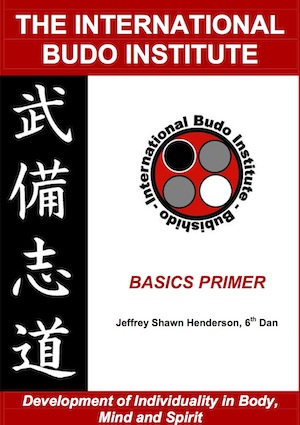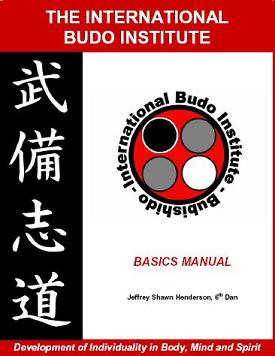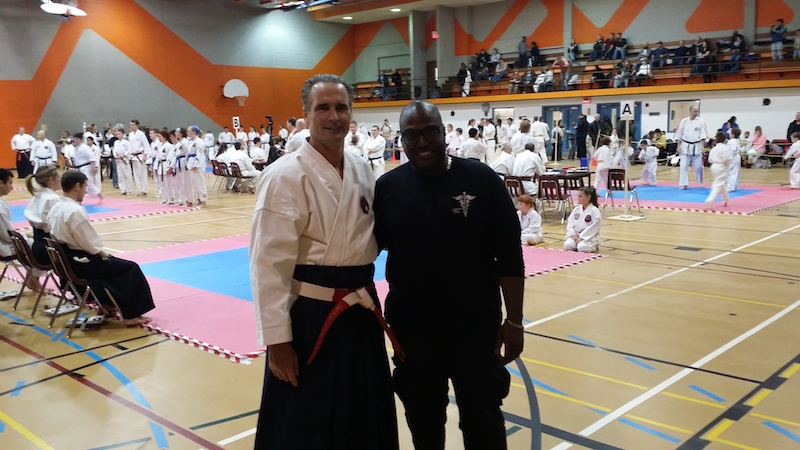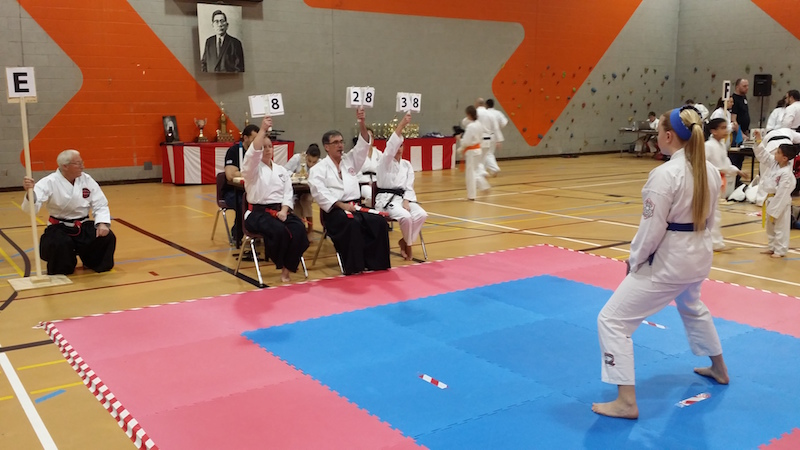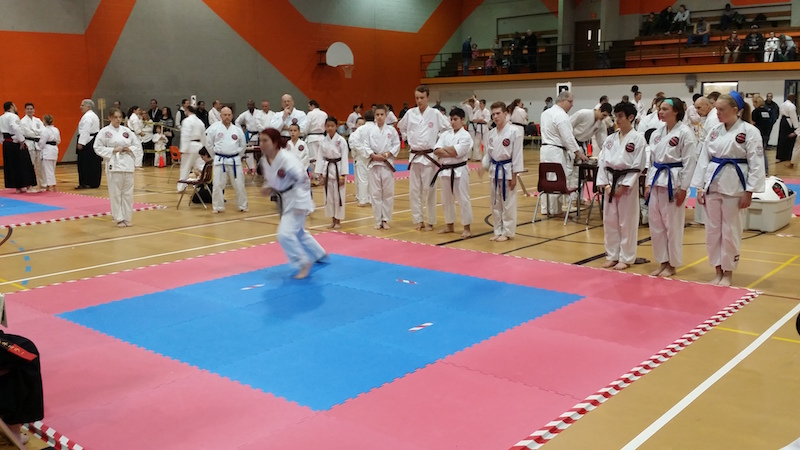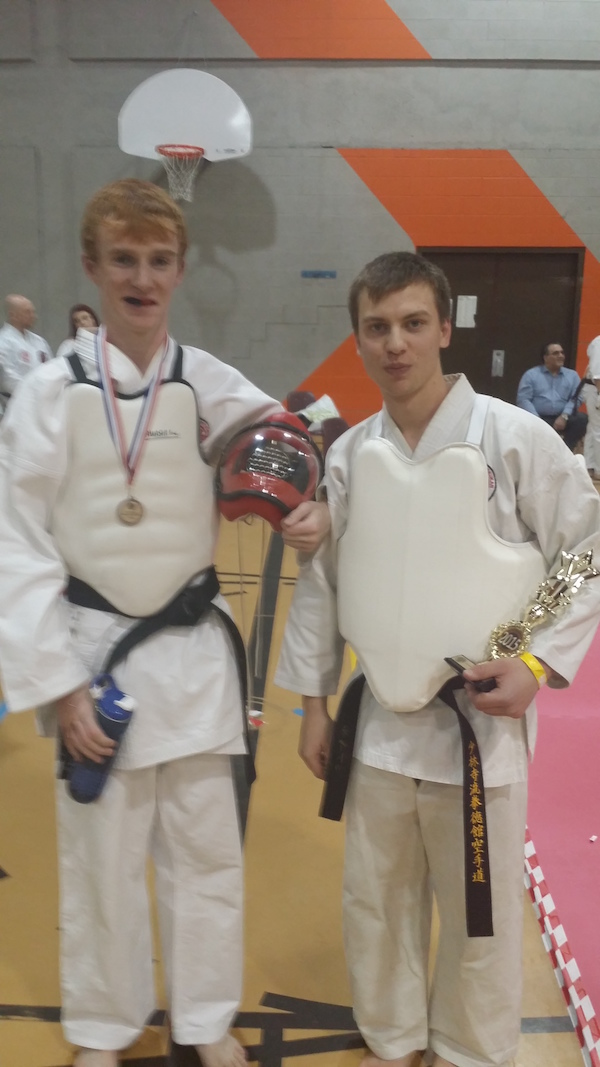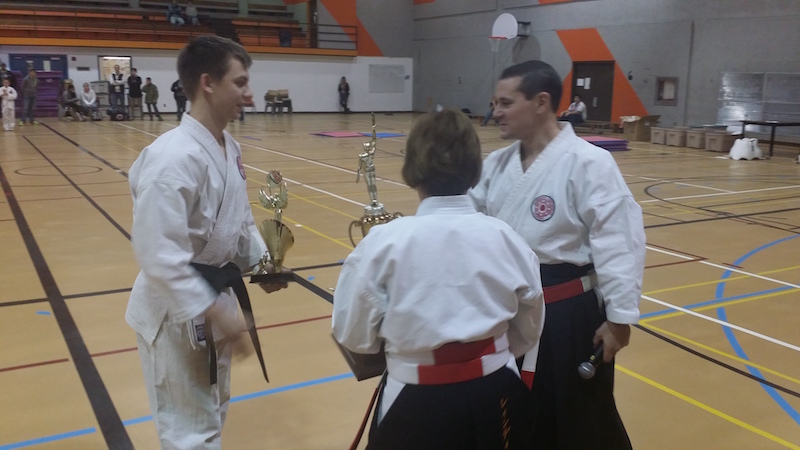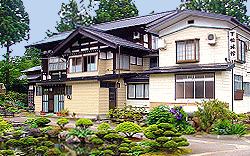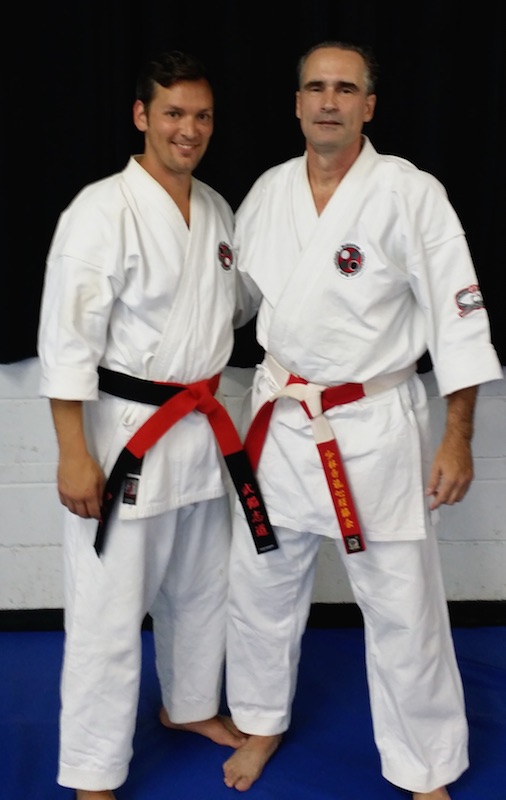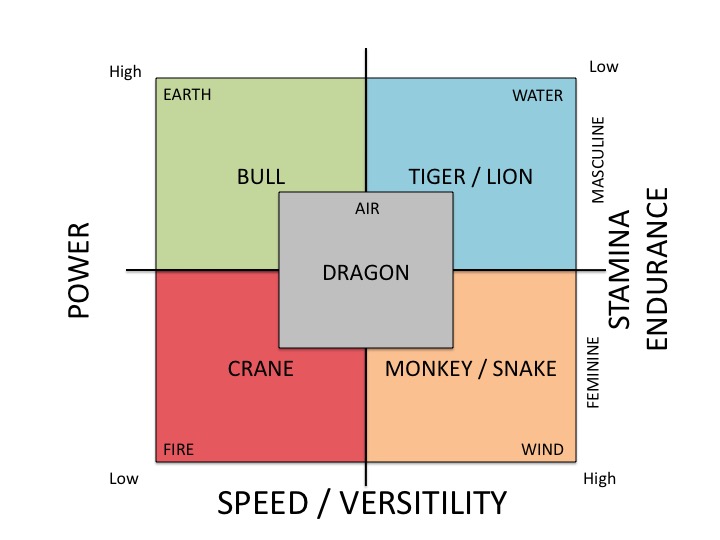The objective of The International Budo Institute is to make the lessons of Budo widely available to as many interested people as possible. In doing so The International Budo Institute has developed an empty hand training primer and basics manual each with over 40 and 200 pages respectively. These manuals are made available free of charge to individuals or to dojos who wish to make use of them within their own curriculum. Please note that the manuals enjoy copyright and can not be altered in any way.
You may download the manuals by clicking the photo or by using the link provided.
